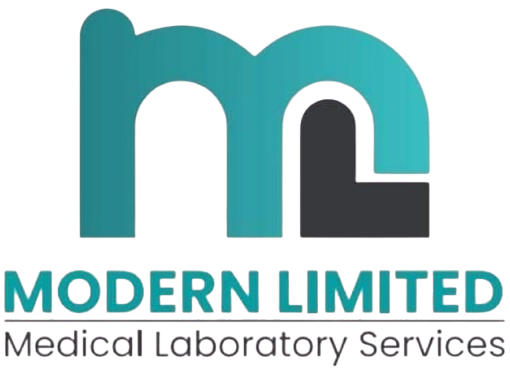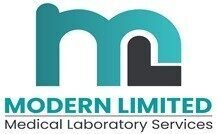Table of Contents
Transforming the Way Laboratories Operate
In the fast-paced world of clinical diagnostics, scientific research, and industrial laboratories, efficiency and accuracy are paramount. That’s where integrated solutions come into play, revolutionizing the way laboratories operate. By seamlessly combining state-of-the-art technology, streamlined processes, and expert knowledge, integrated solutions offer a comprehensive approach to laboratory diagnostics.
With integrated solutions, laboratories can optimize their workflows and achieve faster turnaround times without compromising accuracy. From sample collection to analysis and reporting, every step of the laboratory process is seamlessly interconnected, ensuring a smooth and efficient operation.
Enhancing Clinical Diagnostics
Integrated solutions are particularly impactful in the realm of clinical diagnostics. They enable laboratories to handle a wide range of tests, from routine screenings to complex genetic analyses, with precision and speed. By automating repetitive tasks and integrating various instruments and systems, diagnostic laboratories can significantly increase their capacity and improve patient care.
Moreover, integrated solutions allow for real-time monitoring and data sharing, enabling healthcare providers to make timely and informed decisions based on accurate and up-to-date information. This not only enhances patient outcomes but also contributes to the overall efficiency and effectiveness of the healthcare system.
Empowering Scientific and Industrial Laboratories
The benefits of integrated solutions extend beyond clinical diagnostics. Scientific and industrial laboratories also stand to gain from the integration of their workflows and processes. By seamlessly connecting instruments, data management systems, and analytical tools, these laboratories can optimize their research and development efforts.
Integrated solutions empower scientists and researchers by automating repetitive tasks, freeing up valuable time for more complex analyses and interpretation. The seamless flow of data and information between different laboratory systems enhances collaboration and facilitates knowledge sharing, ultimately driving innovation and breakthrough discoveries.

